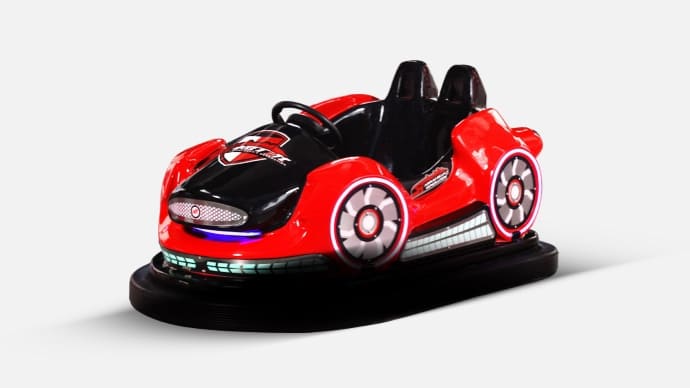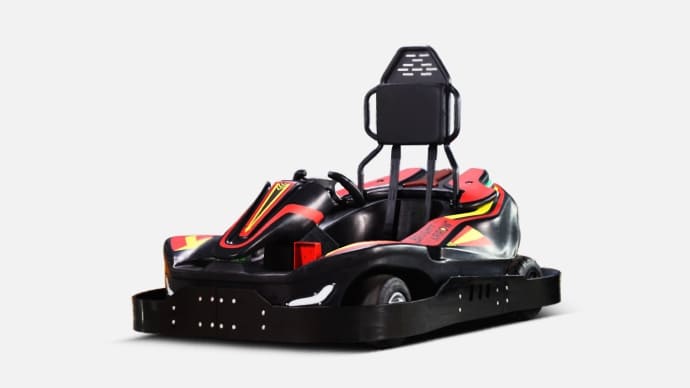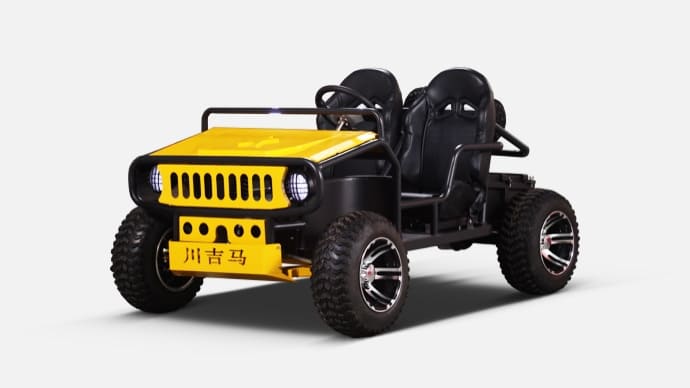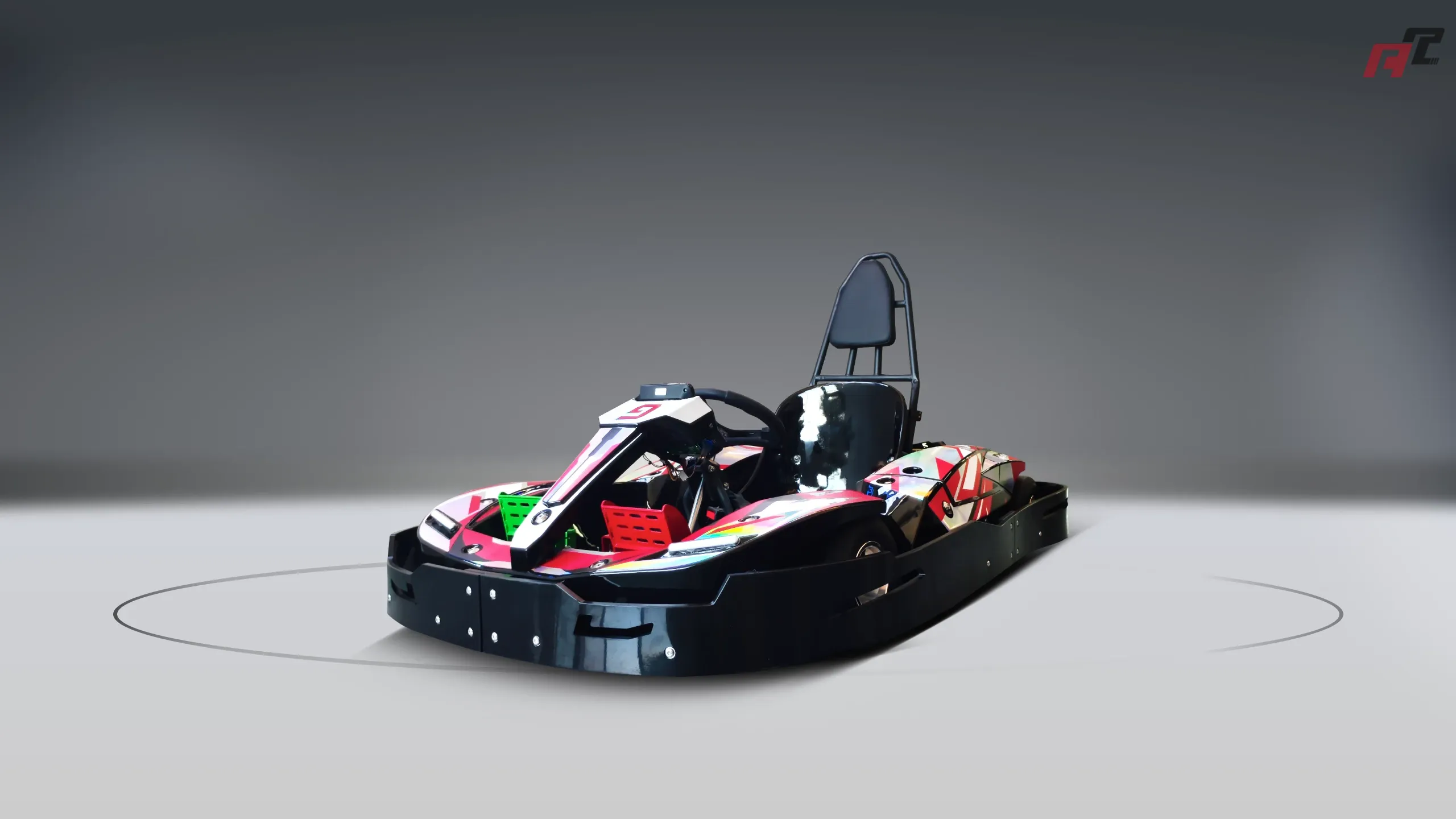are bumper cars collisions elastic or inelastic | ANCHI Expert Guide
This blog explores whether bumper cars collisions are elastic or inelastic, addressing common questions about physics in amusement rides. It also provides professional procurement knowledge for the go karts industry, including safety, maintenance, and the latest trends. Learn how to make informed decisions for your business with real industry data and insights.
Are Bumper Cars Collisions Elastic or Inelastic? A Deep Dive for Amusement Industry Enthusiasts
Bumper cars are a staple of amusement parks, bringing joy and excitement to riders of all ages. A fundamental question often arises: are the collisions between bumper cars elastic or inelastic? This blog addresses this core query and extends the discussion to professional procurement knowledge for the go karts industry, helping business owners and operators make informed decisions.
Using insights from online resources and industry data, we’ll explore the physics of bumper cars and answer related questions that users frequently search for. Additionally, we’ll provide actionable advice for go kart procurement, focusing on safety, durability, and industry trends.
1. What Type of Collision Do Bumper Cars Experience?
Bumper cars typically experience inelastic collisions. In an elastic collision, both momentum and kinetic energy are conserved, meaning the objects bounce off with minimal energy loss. However, in bumper car collisions, kinetic energy is often dissipated as heat, sound, and deformation of the car's padding or frame. According to sources like XJD (published 2024), while the design of bumper cars aims to minimize injury through padding, the collisions are not perfectly elastic because energy is lost during the impact. This is intentional for safety, ensuring that riders feel a controlled jolt rather than a harsh rebound.
2. Why Are Bumper Car Collisions Designed to Be Inelastic?
The inelastic nature of bumper car collisions is a deliberate safety feature. If collisions were elastic, riders would experience a sudden and potentially dangerous rebound, increasing the risk of whiplash or other injuries. By dissipating energy through specially designed bumpers and shock-absorbing materials, manufacturers ensure a safer ride. This design principle, as discussed on platforms like Brainly (2019), highlights the importance of energy absorption in amusement rides.
3. How Do Bumper Car Collisions Compare to Real Car Crashes?
Unlike bumper cars, real car crashes are highly inelastic, with significant deformation and energy loss, as noted in discussions on Reddit (2023). Bumper cars are engineered for controlled, low-speed impacts, whereas real car collisions involve much higher speeds and forces, leading to greater damage and risk. This comparison underscores the importance of safety design in amusement rides versus real-world scenarios.
4. What Materials and Designs Ensure Safety in Bumper Car Collisions?
Bumper cars are equipped with rubber or foam bumpers, padded seats, and reinforced frames to absorb impact. Low-friction wheels and controlled electric power systems limit speeds to safe levels, typically around 5-10 mph. Manufacturers prioritize materials that enhance inelastic collision properties to protect riders, a concept reinforced by resources like Harvard Natural Sciences Lecture Demonstrations. For go kart procurement, similar safety considerations apply, focusing on durable materials and impact-resistant designs.
5. How Does Understanding Collision Physics Help in Go Kart Procurement?
For go kart industry professionals, understanding collision physics is vital during procurement. While go karts differ from bumper cars (as they are not designed for frequent collisions), safety remains paramount. Operators should prioritize karts with robust frames, effective braking systems, and roll cages. According to recent industry insights from sources like OutdoorToys.com (2025), electric go karts are gaining popularity due to their eco-friendliness and lower maintenance costs compared to pedal or gas-powered models. When procuring go karts, consider the following:
- Safety Standards: Ensure compliance with ASTM F24 standards for amusement rides and devices, which cover go karts used in commercial settings.
- Durability: Opt for karts with high-quality materials to withstand wear and tear, especially in high-traffic venues.
- Maintenance Costs: Electric go karts, while initially more expensive, often have lower long-term maintenance costs compared to gas-powered models.
- Speed Control: Choose models with adjustable speed settings to cater to different age groups and skill levels, reducing the risk of accidents.
- Industry Trends: As per recent articles from The Washington Post (2025), there’s a growing demand for electric low-speed vehicles, a trend influencing go kart designs for family entertainment centers.
By applying knowledge of collision dynamics and safety engineering, procurement decisions can enhance customer satisfaction and operational efficiency.
In conclusion, understanding whether bumper car collisions are elastic or inelastic offers valuable insights into ride safety and design. For go kart industry stakeholders, this knowledge translates into better procurement practices, ensuring that safety, durability, and modern trends are prioritized. Stay informed with the latest industry data to make strategic decisions for your amusement business.














